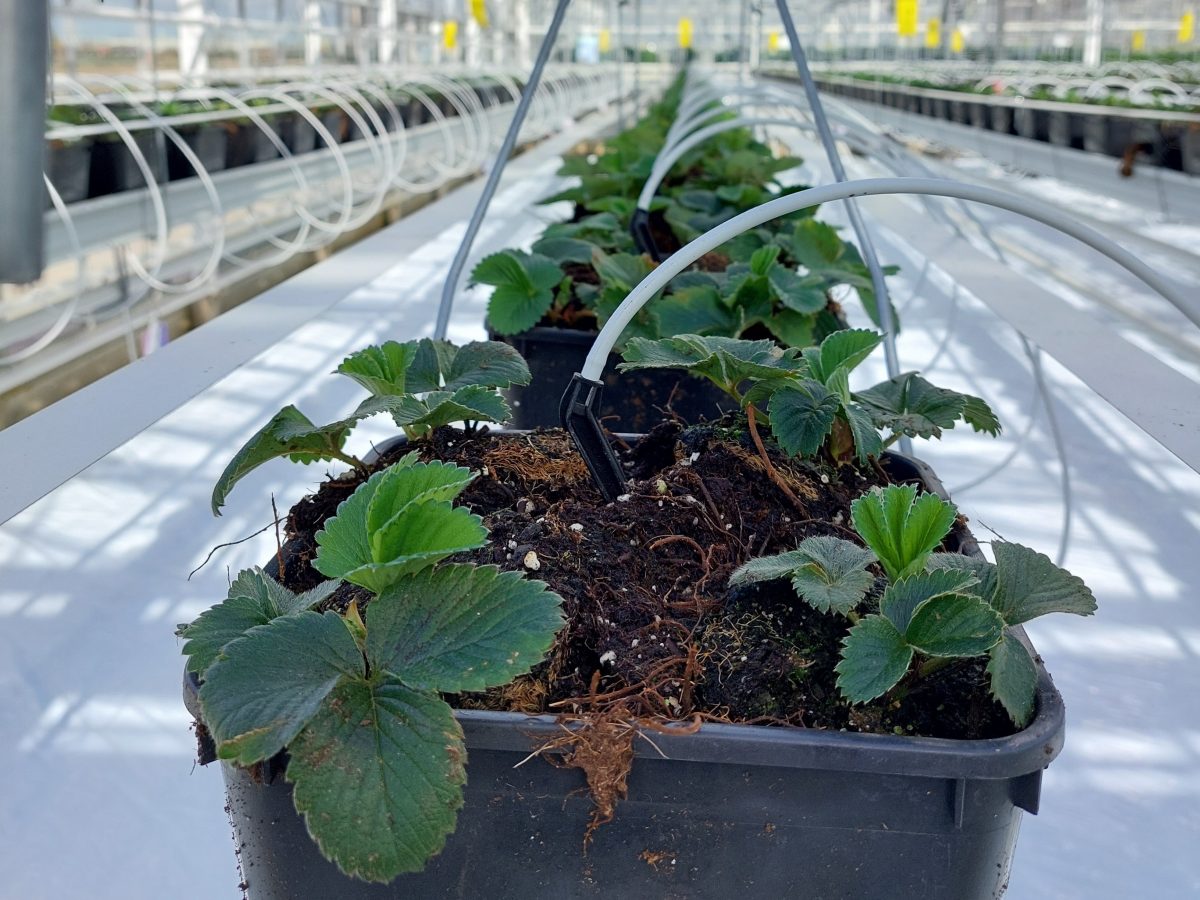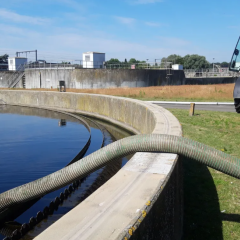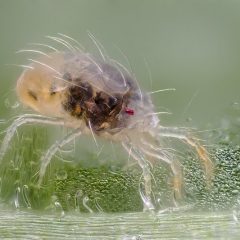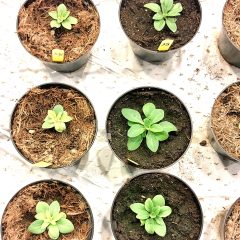Research project RE-PEAT – Reuse of growing media for a circular horticulture

General introduction
How can we successfully reuse substrates derived from strawberry (with mainly peat), vegetables (with perlite), but also from ornamental crops (with coir and peat substrates)? And how can we make these possible recycling cycles more widely adopted in practice? These were the main questions of the RE-PEAT project. In the cultivation of cut flowers, strawberries and greenhouse vegetables, the substrates used after cultivation are often regarded as a useless waste stream. However, there are advantages to upgrading this considerable waste stream through reuse. Each cubic meter of reused peat produces a reduction in CO2 emissions, thus a lower impact on the climate. The nutrients remaining in the substrate also pay off when reused in the circular production system. Alternatives such as coir, wood fiber, compost, management residues, etc. are being sought, but complete replacement of peat is not yet on the table due to the lack of sufficient sustainable alternatives. However, with this project, the sector is taking clear steps toward reducing the use of peat through the reuse of substrates.
Research approach
The various sectors were brought together in an operational group and the residue streams available on the farms were inventoried. Using Near InfraRed Spectroscopy (NIRS), a fast and cheap characterization of the material was established. We optimized the quality of the culled substrates in function of reuse and formulated answers to the technical and economical questions. The regulations for reuse were clarified and the professional organizations participated in this project to clarify the legislative issues.
Relevance/Valorization
There is growing interest in the circular use of cultivation substrates in both the strawberry and ornamental sectors. Peat-based substrates (peat) are widely used in horticulture, but this use is under strong pressure, due to export and supply security, as well as increased price volatility. The evolution toward the reuse of substrates in these sectors is helping to make the agriculture and horticulture sector more sustainable.
Financing
Vlaamse Overheid Departement L&V






